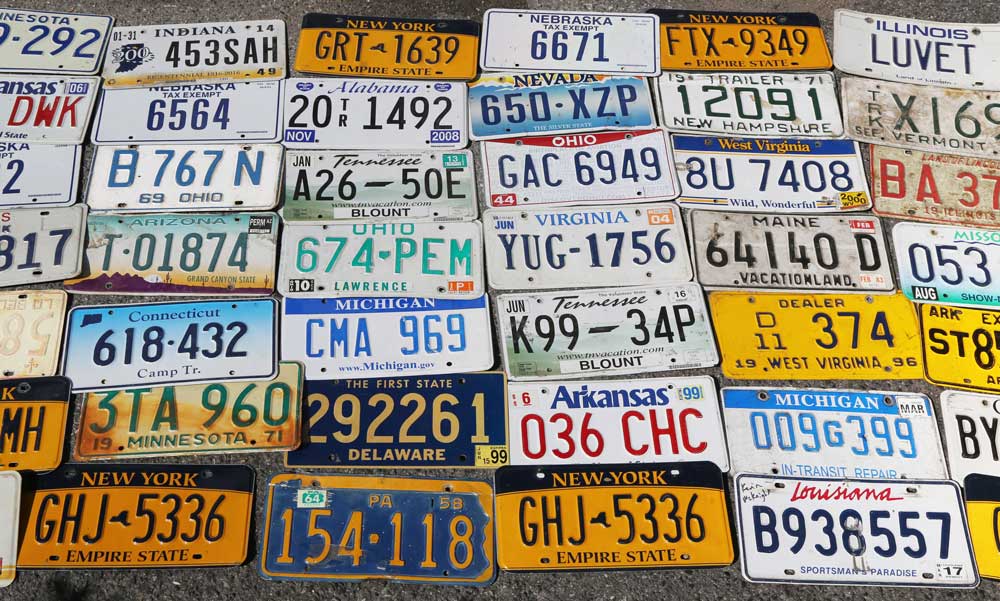Licence Plates
Moving licence plates from one vehicle to another is not just a simple matter of being able to use a screwdriver. Many people run into trouble when they try to move their plates to a substitute vehicle and don’t do it properly. Of course, this could look like small change in retrospect if that person were to cause a collision before being discovered by police.
The first item on the list to check is whether the replacement vehicle is already registered in your name in British Columbia. If you answer yes to this one, you must do all the paperwork and then move the licence plates to the replacement vehicle. 10 days grace does not apply.
Next, do you have a fully completed transfer paper (APV9T) showing that the vehicle the licence plates are coming from has been sold or otherwise disposed of? If not, you must visit your Autoplan Agent first, and then move the licence plates to the replacement vehicle.
Is the replacement vehicle in the same ICBC rate class as the original vehicle? The rate classes are:
- Motorcycle
- Passenger motor vehicle
- Trailer licensed under the Motor Vehicle Act
- Motor vehicle or trailer licensed under the Commercial Transport Act
If the vehicles are not in the same rate class the paperwork must be done and then the licence plates moved to the new vehicle.
Do you have a completed and signed APV9T and registration for the replacement vehicle if it is used, or a completed and signed APV9T and bill of sale if it is a new vehicle? If not, go directly to your Autoplan Agent.
Do you have valid insurance for the vehicle being replaced, and are you carrying the insurance document with you? If not, you must visit the Autoplan Agent first yet again.
Only if you have complied with all five of the items listed above can you shift the licence plates from one vehicle to the other and operate the replacement vehicle for 10 days from the day you obtained it before having to complete the transaction at an Autoplan Agent.
Failing to follow the complete procedure exactly may put you at risk in two scenarios, police action at the roadside and legal liability.
The law considers your replacement vehicle to be unlicenced and uninsured if the transfer is not done properly. You could be liable to the fine, a tow and possibly seizure of the licence plates.
The obvious risk of legal liability is being denied insurance coverage post collision. However, that is not the only potential problem. If the new owner does not complete the transfer, you are still considered to be the registered owner and are responsible for the vehicle. Your fully completed copy of the APV9T is necessary to shift the onus onto the new owner.
Story URL: https://www.drivesmartbc.ca/vehicle-licencing/transfer-licence-plates
-- Tim Schewe Road Safety Advocate DriveSmartBC.ca
Have you been classed in Auto insurance as a high-risk driver in Ontario? Visit the High Risk Auto Pros online and get an instant car insurance quote.
Are you a Business Owner? Perhaps you’re a business owner looking for commercial insurance? Public Liability, Commercial Vehicle Insurance… Get the right Business insurance for your company. Request a quote today from the Commercial Insurance Pros.





